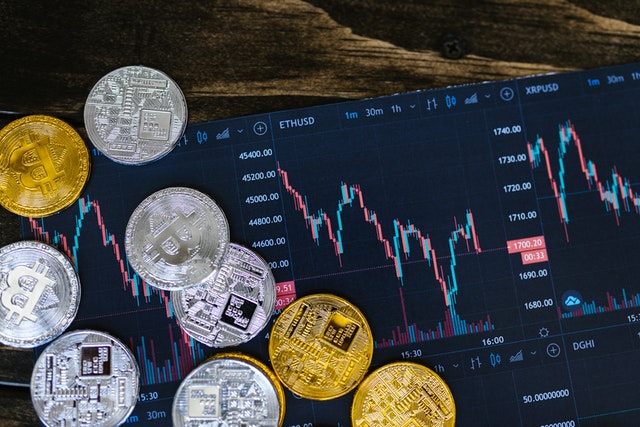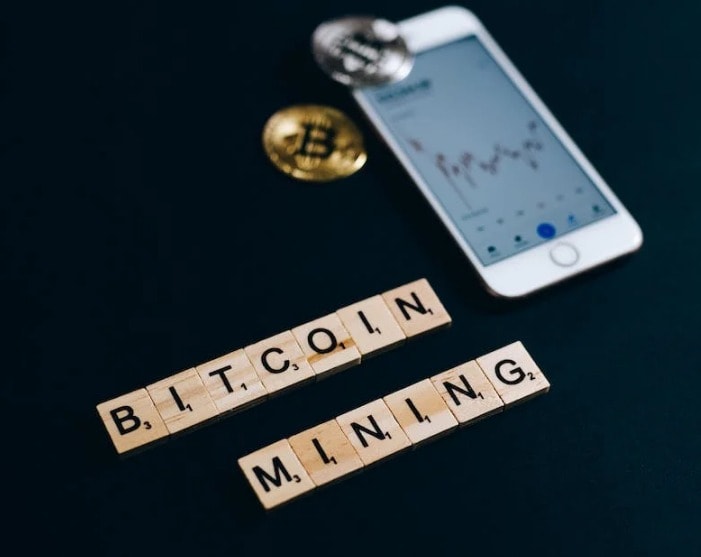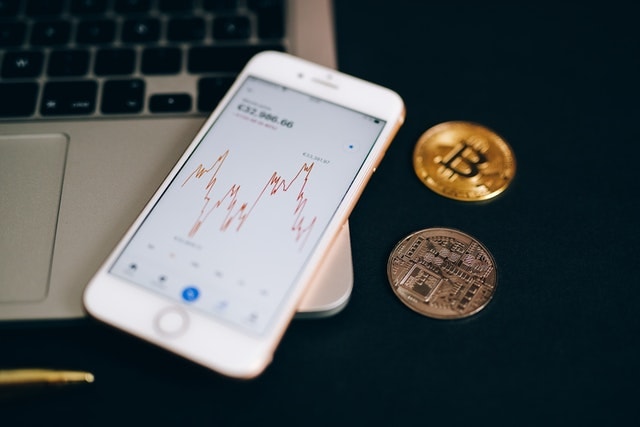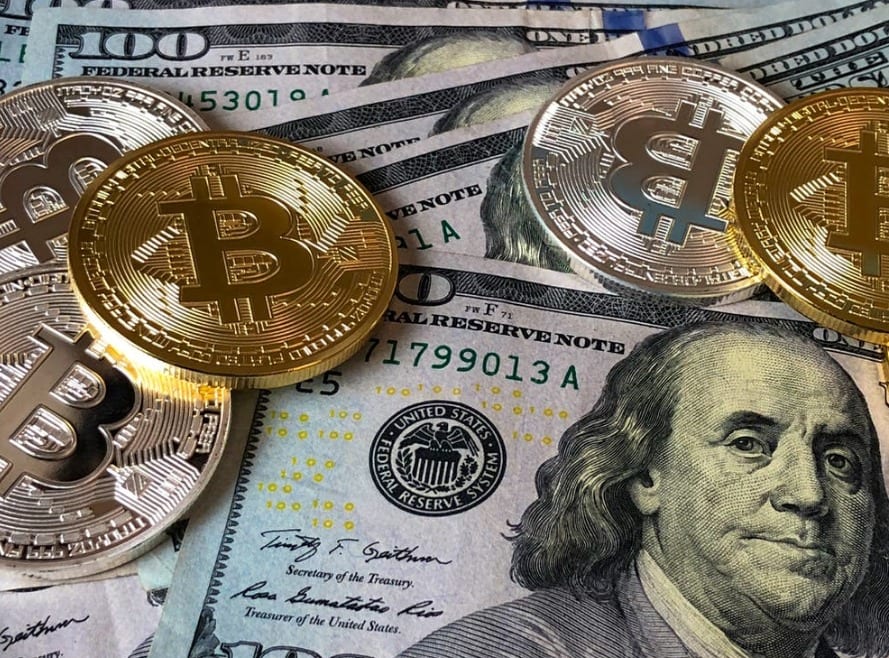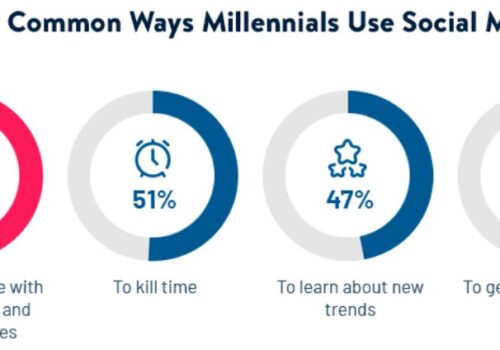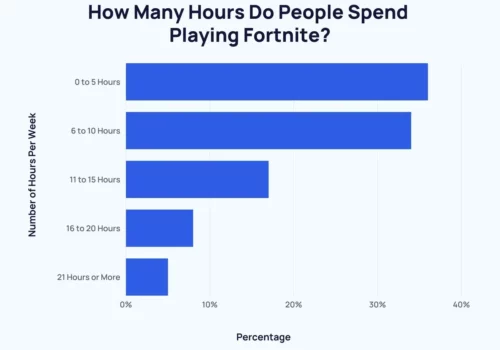Bitcoin, the well-known digital currency, has piqued the interest of many. This explores the total number of Bitcoins that exist in the world.
Unlike traditional currency, Bitcoins are digital and generated on a blockchain. To determine their total count, let’s explore how they are created, lost, and mined.
Join me to discover the world of Bitcoin and its current quantity.
| Attribute | Detail |
|---|---|
| Total Supply | 21 million Bitcoins |
| Current Circulation | Approximately 19 million Bitcoins |
| Mining Process | Creation of Bitcoins through solving complex mathematical puzzles to verify transactions on the Blockchain network |
| Mining Rewards | 6.25 Bitcoins per block, halved approximately every four years |
| Purpose of Halving Events | To reduce the rate of new Bitcoin creation and ensure the currency remains under the 21 million total supply cap |
| Previous Halving | The last occurred in May 2020 |
| Next Expected Halving | Expected in 2024 |
| Post-Mining Rewards | Once all Bitcoins are mined (expected by 2140), miners will earn transaction fees instead of block rewards |
| Impact of Lost Bitcoins | Lost or destroyed Bitcoins decrease the total supply and can increase the value of the remaining Bitcoins |
| Deflationary Aspect | The fixed supply limit sets Bitcoin apart from fiat currencies, which are typically inflationary, making Bitcoin inherently deflationary |
How Many Bitcoins Are There In The World 2024?
Source: Pexels
According to the data, there are currently 19,1 million BTC in circulation. This is less than two million short of the maximum quantity of 21 million.
Despite the fact that crypto gold is nearing its rarity, which means that attaining a coin’s maximum supply would result in price inflation as it gets more scarce, its price falls.
BTC has lost more than 70% from its all-time high, near $70,000, and is currently trading at $19,000.
Its market value is at $365 billion, down from its all-time peak of $3 trillion in late 2021.
As of February 1, 2024, Bitcoin’s market value reached $834.36 billion.
How Many Bitcoins Are Left to Be Mined?
The maximum limit of Bitcoins that can ever exist is 21 million, and this is hardcoded into the Bitcoin protocol by its creator, Satoshi Nakamoto.
Source: Pexels
The aim of this limit is to ensure scarcity and prevent inflation. Currently, there are 1,384,306.3 Bitcoins left to be mined, which represents the portion of the total number of Bitcoins that has not yet been released into circulation.
What Percentage of Bitcoins Has Been Issued?
As of now, 93.408% of the total 21 million Bitcoins that will ever exist have already been mined and are currently in circulation.
This percentage indicates how close the Bitcoin network is to reaching its maximum supply and emphasizes the fact that Bitcoin has a deflationary nature.
How Many New Bitcoins Are Created Each Day?
The rate at which new Bitcoins enter circulation is determined by a process called a “Bitcoin halving event,” which occurs about once every four years.
During each halving, the reward for mining a block of Bitcoins is reduced by half. The initial reward was 50 Bitcoins per block, but this has decreased over time through successive halvings.
Currently, the rate of new Bitcoin creation is set at 6.25 Bitcoins per block, with blocks being mined approximately every 10 minutes.
This means that approximately 900 new Bitcoins are created each day. However, this number will decrease with the next halving event.
History of Bitcoin’s Circulating Supply
Bitcoin’s supply began with slightly over a million coins 13 years ago. Today, 19 million tokens have been created and the number is growing.
Source: Pexels
Examine the history of BTC’s circulating supply between 2009 and 2022.
- 2009 – BTC circulated 1.30 million times during the launch
- 2010 – 1.87 million BTC in circulation
- 2011 – 5.26 million BTC in circulation
- 2012 – 8.24 million BTC in circulation
- 2013 – 10.71 million BTC in circulation
- 2014 – 12.34 million BTC in circulation
- 2015 – 13.78 million BTC in circulation
- 2016 – 15.15 million BTC in circulation
- 2017 – 16.40 million BTC in circulation
- 2018 – 16.83 million BTC in circulation
- 2019 – 17.51 million BTC in circulation
- 2020 – 18.19 million BTC in circulation
- 2021 – 18.61 million BTC in circulation
- 2022 – 19.08 million BTC in circulation
- 2023 – 19.44 million BTC in circulation
Bitcoin Halving
| Halving Event | Date | Block Height | Block Reward Reduction | BTC Price at Date of Halving |
|---|---|---|---|---|
| First Halving | November 28, 2012 | 210,000 | 50 BTC => 25 BTC | $12.3 |
| Second Halving | July 9, 2016 | 420,000 | 25 BTC => 12.5 BTC | $680 |
| Third Halving | May 11, 2020 | 630,000 | 12.5 BTC => 6.25 BTC | $8,590 |
| Fourth Halving | April 2024 (estimate) | 840,000 | 6.25 BTC => 3.125 BTC | NA |
The first Bitcoin halving occurred on November 28, 2012, at a block height of 210,000, reducing the block reward from 50 BTC to 25 BTC. At the time of this halving, the price of Bitcoin was $12.3.
The second halving took place on July 9, 2016, at a block height of 420,000, where the block reward was further reduced from 25 BTC to 12.5 BTC, with the Bitcoin price at the halving being $680.
The third halving event happened on May 11, 2020, at a block height of 630,000, cutting the block reward from 12.5 BTC to 6.25 BTC, and the price of Bitcoin at this halving was $8,590.
The fourth halving is estimated to occur in April 2024 at block height 840,000, where the block reward will be reduced from 6.25 BTC to 3.125 BTC, with the price at the date of halving yet to be determined.
Source: Coincodex
Bitcoin’s Maximum Supply Will Be Reached in 2040
The halving of bitcoin increases crypto gold’s rarity and increases its price by reducing the supply of newly created BTC, despite its increased demand.
Because of this method, its 21 million supply will not be coined until 2040, sixteen years from now.
Circulating Supplies of Bitcoin and Altcoins
In addition to Bitcoins, there are other crypto tokens that perform the same function.
These are referred to as “altcoins” or “alternative coins,” which is a phrase for all tokens besides BTC.
Below is a list of the total circulating supplies of the top 10 cryptocurrencies according to the coin market cap’s official website, including Bitcoin’s data.
- Bitcoin – 19.08 million tokens in circulation
- Ethereum – 121.37 million tokens in circulation
- Tether – 66 billion tokens in circulation
- USD Coin – 55 billion tokens in circulation
- BNB – 163 million tokens in circulation
- Binance USD – 17 billion tokens in circulation
- Cardano – 33 million tokens in circulation
- XRP – 48 billion tokens in circulation
- Solana – 343 million tokens in circulation
- Dogecoin – 132 billion tokens in circulation
Dogecoin is the only meme coin to make the list of the world’s 10 largest cryptocurrencies.
The token has no maximum supply, and 132 billion have been created to date.
Mining Farms With the Biggest Bitcoins in the World:
Source: Pexels
Here are the world’s largest Bitcoin mining operations and their relative hash rates.
A hash rate measures how many times per second the Bitcoin network attempts or completes calculations using the proof-of-work algorithm.
- Located in Dalian, China, this mining farm – mines 700 Bitcoins per month at a 360,000 hash rate.
- Located in Reykjavik, Iceland, Genesis Mining Farm has a 1,000 GH/s hash rate.
- In Moscow, Russia, a mining farm hashes at a rate of 38 percent per hour.
- A hash rate of 1.3 PH was achieved by GigaWatt, Washington, United States.
Bitcoin’s Price History
Even though Bitcoin’s price has retraced by thousands of dollars over the previous few months, it is still a considerable distance from where it began.
In 2009, Bitcoin began trading at $0, meaning it had no worth at the time. This changed the next year when it began trading at $0.0008 midway through the year.
Here is the price history of Bitcoin from 2009 to the present:
- 2009 – $0 per token
- 2010 – $0.0008 per token
- 2011 – $1 per token
- 2012 – $30 per token
- 2013 – $1,100 per token. The price of crypto gold surpassed $1,000 for the first time in 2013 after beginning the year at $13 per unit.
- 2014 – $700 per token
- 2015 – $313 per token
- 2016 – $434 per token
- 2017 – $20,000 per token
- 2018 – $13,000 per token
- 2019 – $3,000 per token
- 2020 – $11,000 per token
- 2021 – $50,000 per token
- 2022 – $19,000 per token
- 2023 – $31,000 per token
- 2024 – $35,000 per token (Current Rate)
Global Companies and Their BTC Holdings:
In recent years, the world’s largest corporations, such as MicroStrategy and Tesla, have accumulated BTC holdings.
Here are a few companies with big Bitcoin holdings in their portfolios.
- MicroStrategy – holds 129,000 BTC tokens
- Tesla – holds 48,000 BTC tokens
- Galaxy Digital Holdings – holds 16,400 BTC tokens
- Square Inc. – holds 8,000 BTC tokens
- Marathon Patent Group – holds 4,800 BTC tokens
- Hut 8 Mining Corporation – holds 4,700 BTC tokens
- Coinbase – holds 4,400 BTC tokens
Why Is The Supply Of Bitcoin Limited to 21 Million?
Bitcoin’s supply cap of 21 million is a deliberate design choice made by its creator, Satoshi Nakamoto. This limit ensures Bitcoin’s scarcity, making it immune to inflation and manipulation, unlike traditional fiat currencies.
Source: Pexels
Here’s a breakdown of the key reasons and implications of this supply cap:
Scarcity and Value:
Economic Principle: The concept of scarcity is fundamental to Bitcoin’s value. Limiting the supply to 21 million makes each Bitcoin more valuable as demand increases while the supply remains fixed.
Inflation Resistance: Traditional currencies can be subject to inflation as governments print more money. Bitcoin’s fixed supply protects it against such devaluation, maintaining its purchasing power over time.
Mathematical and Protocol Foundations:
Hardcoded Limit: The 21 million cap is embedded within Bitcoin’s protocol, making it unchangeable by any individual or group, including developers or miners.
Mining Rewards: Bitcoin mining rewards, which start at 50 bitcoins per block, are halved approximately every four years. This process will continue until the reward reaches zero, around the year 2140, at which point all 21 million bitcoins will have been mined.
Network Security and Mining Incentives:
Proof-of-Work Security: Bitcoin relies on miners to secure the network through a process called proof-of-work. The limited supply ensures that mining remains incentivized, contributing to the network’s security.
Future of Mining Rewards: Once the 21 million cap is reached, miners will be compensated solely through transaction fees, which could still sustain their operations if Bitcoin remains valuable and widely used.
What Happens When All 21 Million Bitcoins Are Mined?
Fixed Supply and Market Dynamics:
Supply and Demand: With the supply capped at 21 million, Bitcoin’s value will be solely determined by market demand, potentially increasing its value as a scarce resource.
Miners’ Compensation:
Transaction Fees: Miners will rely on transaction fees for compensation once the last Bitcoin is mined. The viability of mining will depend on the volume and value of transactions processed on the Bitcoin network.
Potential Challenges:
Mining Cartels: The absence of block rewards could lead miners to form cartels to control mining resources and influence transaction fees.
Selfish Mining Risks: Miners might engage in selfish mining strategies to maximize fees, which could impact block processing times and network efficiency.
Adaptation and Evolution:
Technological Solutions: Solutions like the Lightning Network could facilitate daily Bitcoin transactions efficiently, ensuring miners can still earn from transaction fees even with lower transaction volumes.
Economic Sustainability: The long-term sustainability of mining will largely depend on Bitcoin’s evolution as a store of value and its adoption for high-value transactions or as a base layer for more efficient transaction layers.
Which Countries Show the Highest Interest in Bitcoin?
The interest in Bitcoin among countries is quite diverse and reflects a global interest in cryptocurrency.
Brazil stands out, with 41% of Brazilians owning cryptocurrency, which has been driven by the devaluation of their traditional currency against the U.S. Dollar.
About 66% of the Brazilian population sees cryptocurrency as the “future of money”. Moreover, Nigeria, South Africa, Ghana, the Netherlands, Austria, St. Helena, Singapore, Slovenia, Australia, and Switzerland are among the top 10 countries with the highest interest in Bitcoin.
This widespread interest highlights the global appeal of Bitcoin as a digital asset and investment, cutting across various economic backgrounds and regions.
Quick Links:
- Pinterest Statistics
- Amazing AR Statistics
- Significant Reddit Statistics
- Latest Online Learning Statistics
- Most Important LinkedIn Stats
- Internet Statistics & Facts
- Browser Statistics
Conclusion: How Many Bitcoins Are There In The World 2024
Since its introduction in 2009, when it altered the global monetary landscape, Bitcoin has experienced its own ups and downs.
Despite falling from grace this year, the token is still regarded as one of the most successful creations of the 21st century, having established an unregulated, decentralized platform in which there are no third-party actors.
Despite recent setbacks and restrictions imposed on the practice by some governments, Bitcoin mining continues and accelerates daily.
Concerns regarding its environmental impact continue to be significant, given that BTC mining consumes more electricity than a country like the Philippines.
Sources: Sofi, Coingecko, Coin market cap, Globely news, Statista, Dmarge, Sunbirddcim

